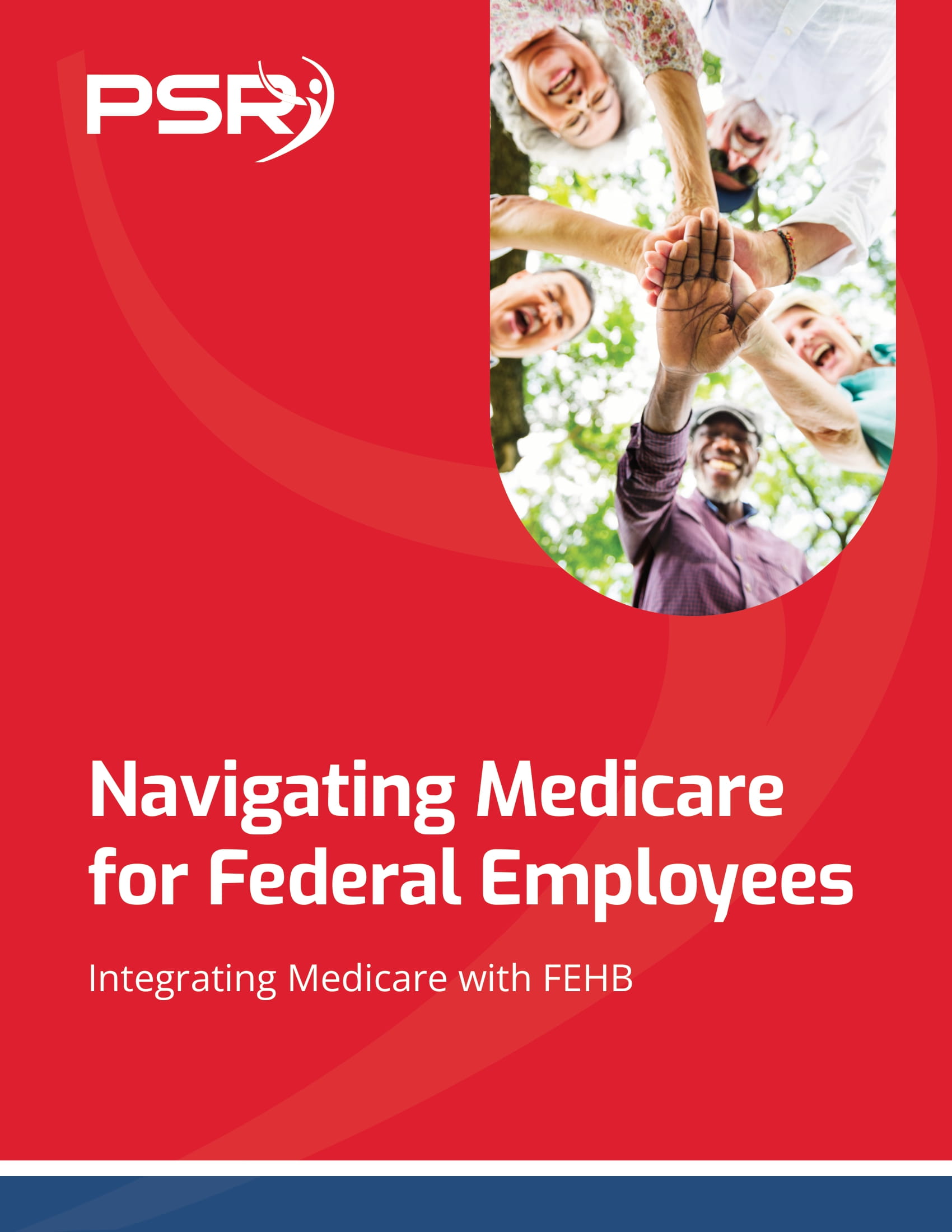Key Takeaways:
-
Divorce can significantly impact your federal retirement benefits, including pensions, survivor benefits, and healthcare coverage.
-
Understanding your options and making necessary adjustments before retiring can help safeguard your financial future.
Understanding the Impact of Divorce on Federal Benefits
As a public sector employee, your federal benefits package likely represents a substantial part of your retirement planning. However, if you’re divorced or planning to divorce, your benefits could be subject to division or alteration. This is especially crucial to understand before retiring, as post-retirement changes are often limited or irreversible. Let’s break down the three most important divorce-related federal benefits changes you need to know.
1. Your Federal Pension: What Happens in a Divorce?
Dividing your pension is one of the most significant ways divorce impacts federal employees. Your Federal Employees Retirement System (FERS) or Civil Service Retirement System (CSRS) pension is considered marital property, and courts can award a portion of it to your ex-spouse.
Court Orders Are Key
The division of your pension depends on a court-issued document called a Court Order Acceptable for Processing (COAP). The COAP specifies how your pension will be divided and must comply with the Office of Personnel Management’s (OPM) guidelines. Without this document, your pension remains unaffected by the divorce.
Important Considerations
-
High-3 Average Salary: Your pension is calculated using your “high-3” average salary. If you’re nearing retirement, this number becomes critical as it directly influences the pension amount subject to division.
-
Survivor Benefits: If your divorce decree or COAP awards your ex-spouse a survivor annuity, it may reduce your own pension payments. The maximum survivor benefit equals 50% of your pension.
-
Cost Implications: Adding survivor benefits for an ex-spouse may involve additional costs, reducing your net pension.
Take the time to review your divorce agreement and consult an attorney to ensure clarity on how your pension is divided.
2. Thrift Savings Plan (TSP): Splitting Retirement Savings
Your Thrift Savings Plan (TSP) is another significant asset that may be divided in a divorce. The TSP is subject to federal laws regarding marital property, and its division is typically outlined in a divorce decree.
How Is the TSP Divided?
The division of your TSP is governed by a Retirement Benefits Court Order (RBCO). This document must explicitly state how much of the account is awarded to your ex-spouse, whether as a percentage of the balance or a fixed dollar amount.
Tax Implications
-
Direct Transfer: Funds transferred to your ex-spouse’s account via a court order are not taxable to you. However, your ex-spouse is responsible for any taxes if they withdraw funds.
-
Avoid Early Withdrawal Penalties: Dividing the TSP under a court order avoids the 10% early withdrawal penalty, even if the recipient is under 59½.
Planning Tips
Before finalizing your divorce, ensure that the division terms are clear and in compliance with TSP rules. Also, consider the impact on your future retirement savings and adjust your contributions if necessary.
3. Healthcare Coverage: FEHB and FEDVIP Changes
Divorce can have significant repercussions on your Federal Employees Health Benefits (FEHB) and Federal Employees Dental and Vision Insurance Program (FEDVIP) coverage. Understanding these changes is essential to maintaining adequate healthcare protection.
FEHB Coverage
After divorce, your ex-spouse loses eligibility for FEHB coverage under your plan. However, they may qualify for Temporary Continuation of Coverage (TCC), which allows them to maintain coverage for up to 36 months. Keep in mind that your ex-spouse will be responsible for the full premium, including the government’s contribution, which can be quite costly.
FEDVIP Coverage
FEDVIP coverage follows similar rules. Your ex-spouse’s eligibility ends upon divorce, but they can enroll in a separate FEDVIP plan during the next open season or a qualifying life event period.
Your Responsibilities
-
Notify HR: You must inform your agency’s human resources department of your divorce to update your FEHB and FEDVIP enrollments.
-
Review Coverage Options: If your ex-spouse was previously included in a family plan, you might need to switch to a self-only or self-plus-one plan, which could lower your premiums.
Medicare Coordination
If you’re already enrolled in Medicare, review how your healthcare coordination might change post-divorce. For instance, your FEHB plan may continue to act as primary coverage, while Medicare serves as secondary.
Tips to Navigate Divorce-Related Changes
1. Seek Professional Guidance
Consult a family law attorney and a financial advisor experienced in federal benefits to ensure your divorce agreement protects your interests.
2. Update Beneficiary Designations
After a divorce, updating the beneficiary designations for your TSP, FEGLI, and other benefits is crucial. Outdated designations can lead to disputes or unintended outcomes.
3. Communicate With OPM
If you’re retired, communicate directly with the OPM to update your records and ensure compliance with any court orders.
4. Understand Time Constraints
Many benefits, including survivor annuities, have strict timelines for changes. Missing deadlines could mean losing the ability to make adjustments.
What You Can Do Now
Start Reviewing Your Benefits
Before retirement, take the time to review all aspects of your federal benefits, including your pension, TSP, and health insurance. Ensure you understand how your divorce impacts each element.
Plan for the Long-Term
Divorce can complicate retirement planning, so think beyond immediate financial needs. Adjust your savings, plan for potential healthcare expenses, and consider how reduced benefits might affect your future lifestyle.
Use Available Resources
The OPM website, your agency’s HR office, and financial planning tools tailored for federal employees can provide valuable insights.
Protecting Your Retirement Goals Post-Divorce
Divorce doesn’t have to derail your retirement plans, but it does require careful planning and proactive steps. By understanding how your federal benefits are impacted and addressing potential changes early, you can ensure a more secure financial future.












